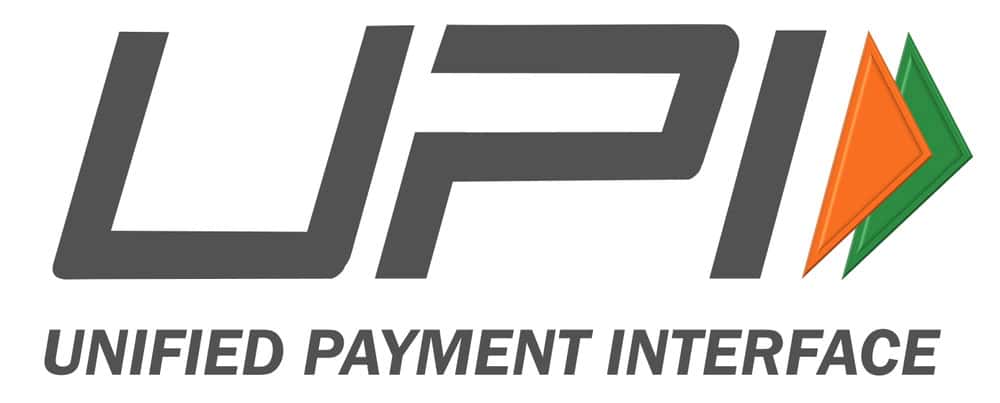The digital transformation of banking has redefined how financial services are accessed and utilized globally. In India, the Unified Payments Interface (UPI) stands at the forefront of this transformation, revolutionizing financial inclusion and digital banking. Launched by the National Payments Corporation of India (NPCI) in 2016, UPI has quickly become a cornerstone of India’s digital economy, making financial services more accessible, affordable, and user-friendly.
The Genesis of UPI
UPI was developed to create a seamless, real-time payments system that could work across banks and provide a unified platform for diverse financial services. It is a mobile-first solution, allowing users to send and receive money instantly through their smartphones, without the need for traditional banking details like account numbers or IFSC codes. Instead, a simple Virtual Payment Address (VPA) is used, streamlining the process and making it more user-centric.
Driving Financial Inclusion
One of UPI’s most significant impacts has been on financial inclusion. Before UPI, access to digital banking services was limited, particularly in rural areas and among the unbanked or underbanked populations. The complexity of traditional banking systems, coupled with a lack of financial literacy, created barriers that excluded large segments of society from participating in the formal financial system.
UPI has helped dismantle these barriers in several ways:
- Accessibility: UPI is accessible to anyone with a smartphone and a bank account. This simplicity has enabled millions of people, including those in remote areas, to engage with the financial system for the first time. The integration of UPI with Aadhaar, India’s biometric identification system, has further simplified the onboarding process.
- Affordability: UPI transactions are either free or incur minimal charges, making digital payments accessible to low-income users. This has democratized financial services, allowing even those with modest means to participate in the digital economy.
- Ease of Use: UPI’s user-friendly interface and the elimination of complex banking details have made it easy for people with limited digital literacy to perform transactions. Features like QR code payments and the ability to request money have made it even simpler for users to engage with the platform.
- Interoperability: UPI’s interoperability allows users to link multiple bank accounts to a single platform, making it easier to manage finances and access services from various banks without switching between multiple apps.
Empowering Digital Banking
UPI has not only facilitated financial inclusion but has also catalyzed the growth of digital banking in India. It has enabled banks to reach a wider audience without the need for physical branches, reducing operational costs and increasing efficiency. Furthermore, the introduction of UPI 2.0 brought features like overdraft facilities, mandates, and pre-authorized transactions, further enriching the digital banking ecosystem.
The platform has also spurred innovation, with numerous fintech companies leveraging UPI to offer innovative solutions such as lending, insurance, and wealth management services. This has created a competitive market, driving down costs and improving service quality for consumers.
The Impact on Small Businesses
UPI has had a profound impact on small businesses and micro-enterprises, which often lacked access to traditional banking services. By accepting UPI payments, these businesses can offer digital payment options to their customers, reducing their reliance on cash and enabling them to tap into the broader digital economy. This has also improved their creditworthiness, as digital transactions provide a transparent record of financial activities that can be used for securing loans and other financial services.
Challenges and the Road Ahead
Despite its success, UPI faces challenges that need to be addressed to ensure its continued growth and sustainability. Cybersecurity concerns, the digital divide, and issues related to transaction failures are areas that require ongoing attention. Moreover, the financial inclusion achieved through UPI must be complemented by efforts to improve financial literacy, ensuring that users can fully leverage the benefits of digital banking.
The future of UPI looks promising, with ongoing efforts to expand its reach and capabilities. The introduction of features like UPI Lite and UPI AutoPay aims to make the platform even more versatile, catering to a broader range of users and use cases. Additionally, international expansion plans could see UPI becoming a global standard for digital payments, further enhancing its impact on financial inclusion worldwide.
Also Read: UPI : Full Form, ID & Its Benefits
Conclusion
UPI has played a transformative role in advancing financial inclusion and digital banking in India. By breaking down barriers to access and providing a user-friendly, cost-effective platform, it has empowered millions of people to participate in the formal financial system. As UPI continues to evolve and expand, it holds the potential to drive even greater financial inclusion, not just in India but globally, setting a benchmark for how digital technologies can be leveraged to create a more inclusive financial landscape.

